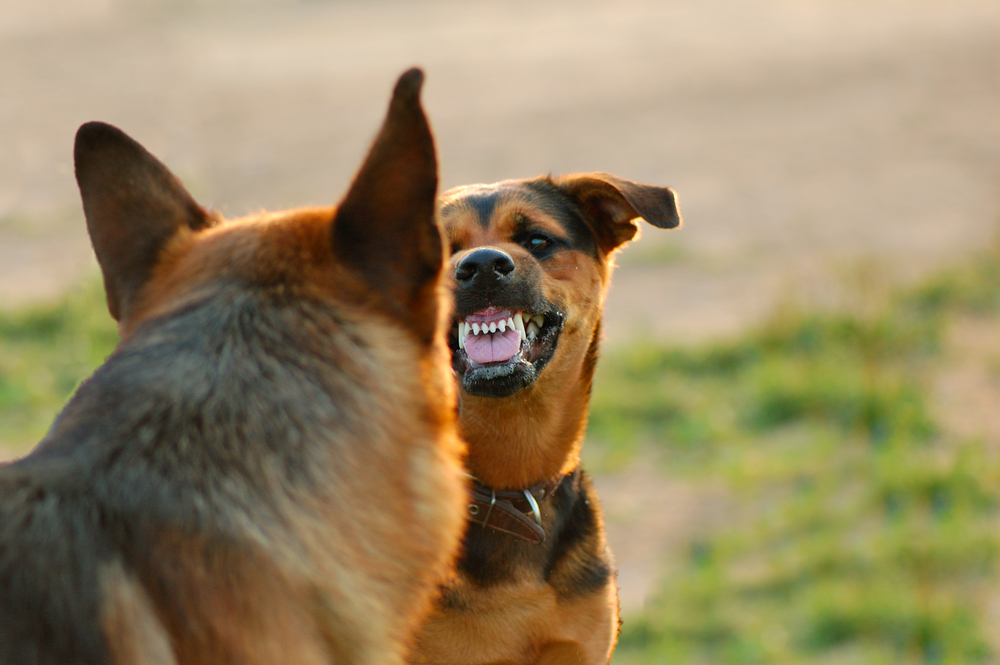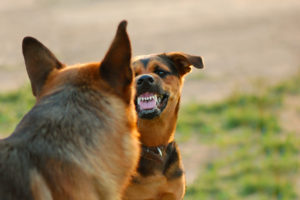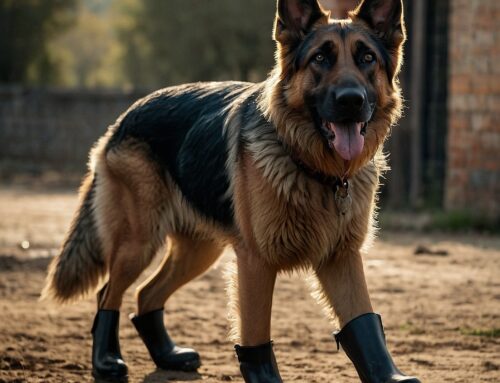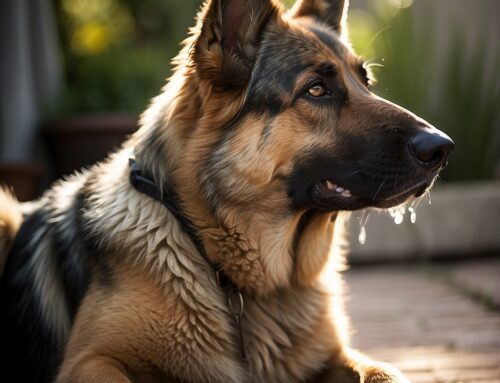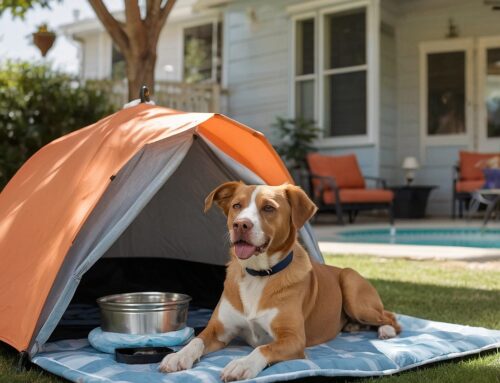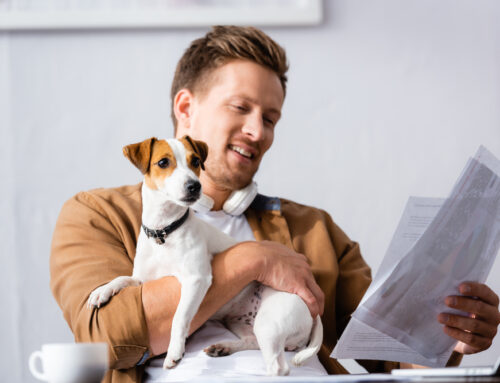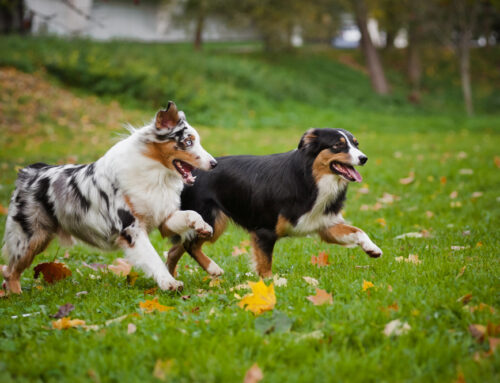Part 1: Understanding Fear Dog Aggression
Pet parents work hard to raise a well-balanced dog. Even with the best of intentions, they may notice their dog beginning to act out either on a walk or even at home. The barking and lunging may grow worse. The behavior may even start to escalate causing what is called dog aggression. So, what happened and how did it get so bad? In this two-part series, pet parents will first learn about fear aggression.
Rule Out Pain and Other Health Issues
Before categorizing a dog as having aggression issues, it’s important to rule out if there isn’t any pain involved.
“An example of pain aggression could be a dog that has neck issues such as a bulging disc,” said San Diego dog trainer David Greene of Performance K9 Training. “If undiagnosed, and someone reaches down to pet the animal it may bark or even a bite to protect itself from further pain.”
Once pain is ruled out, the next step is understanding the aggression which can either be stemmed from fear, frustration or a blend of both.
Understanding Fear Aggression
Dogs who display fear aggression may respond with growling, barking or even biting to protect themselves. And this fear can be about anything such as other dogs, people, someone wearing a baseball cap, to a person riding a bike. It’s a learned behavior. If a dog was successful in having another dog or person back way after growling or barking, it was a success. They will continue to behave this way because they think it works.
“It’s important that pet parents know what triggers fear aggression in their dogs and try not to put them in that situation,” Greene said. “If a dog isn’t fond of strangers, then don’t have people pet them until there is proper training to avoid someone from getting injured. Your dog depends on you to keep them safe, so they don’t have to protect themselves.”
The demeanor of a dog being afraid before an act of aggression can include a tucked tail, trembling, or trying to escape.
What to Do with Dog Aggression
The natural reaction for pet parents who own a dog acting out is to rest their hand on them to calm them. Greene does not advise this.
“To a dog, a gesture like this can be taken as praise which will encourage this behavior even more,” he said. “Through proper training, a dog must understand that their aggressive response is unwanted behavior.”
In his experience, Greene continues to see a vast improvement in aggression cases when obedience training was implemented, and dogs began looking to their pet parents as leaders.
Greene went on to say that the personality of a dog may not be changed, but their impulse to act out could be controlled through obedience. In cases of fear aggression, start with obedience skills to a point where a dog is concentrating on their handler and not so easily distracted.
From there, a pet parent can work towards decreasing the fear aggression and bringing up the confidence level of their dog.
Need More Help?
If you have an aggressive dog, Performance K9 Training can help. We provide pets and their owners a tailored approach to behavior modification programs which helps address dog aggression. Following a “board and train” program, Performance K9 Training teaches pet parents with three private follow-up lessons the tools they need to build the perfect pet relationship. Contact us now to learn more!



